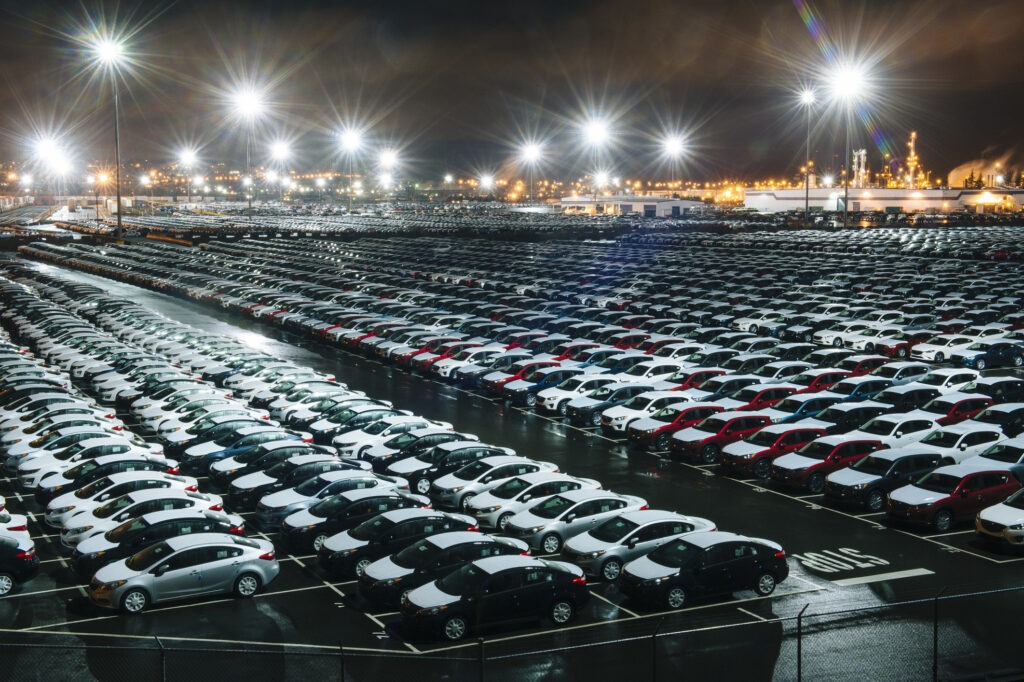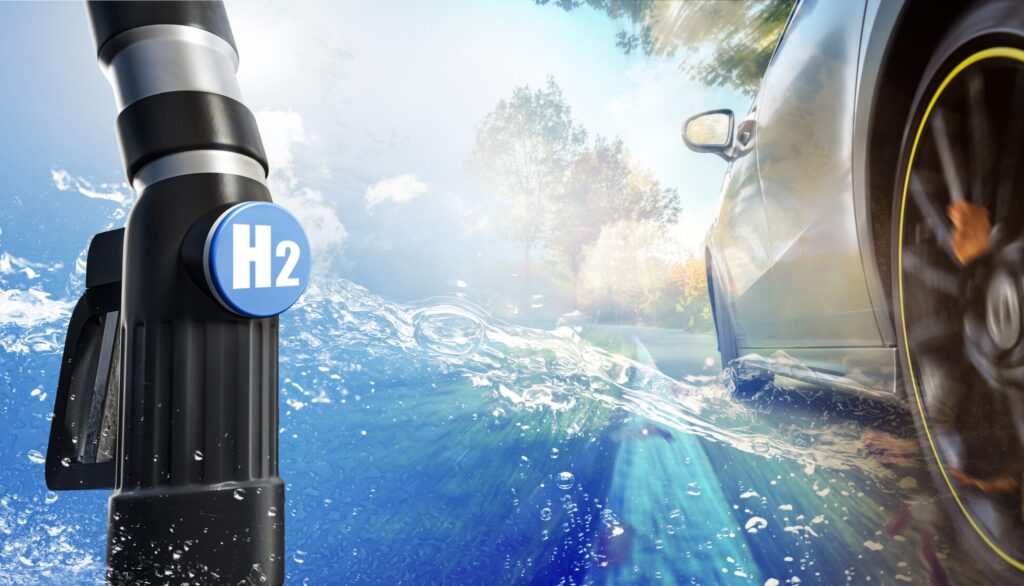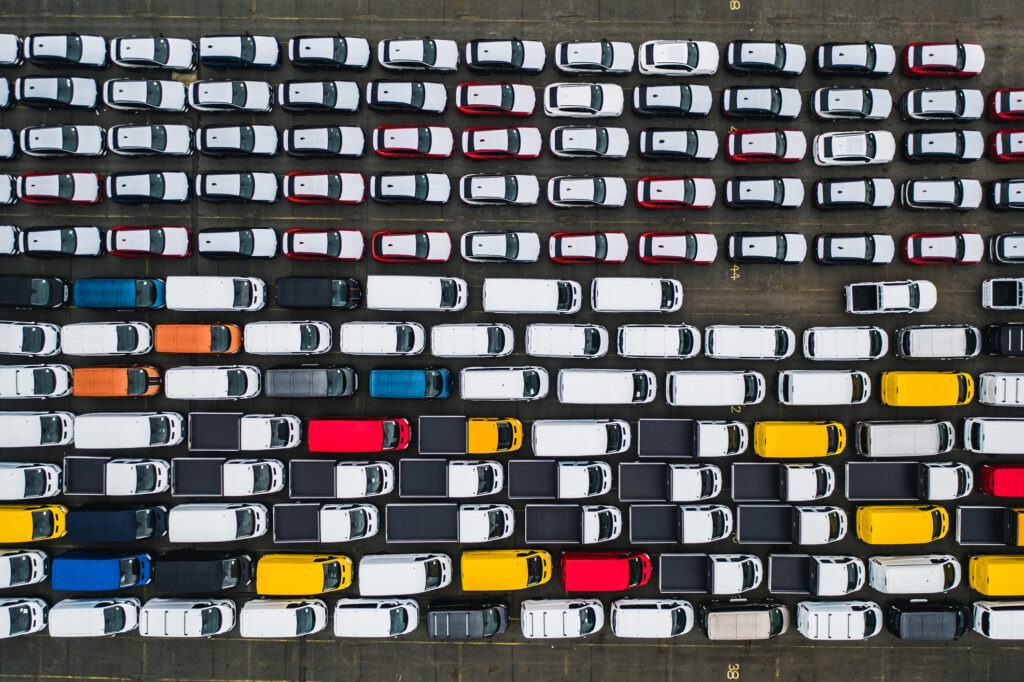What is the UK ZEV mandate?
28 March 2024

The zero-emission vehicle (ZEV) mandate maps out how the UK’s new car and van markets will develop in the coming years. So what targets are set and what will happen if they are missed? Autovista24 editor Tom Geggus explains.
The UK has begun its journey towards ZEV-driven automotive markets. The aim is that by 2035, all new vehicles available will not emit any CO2 at the tailpipe. In the run-up to this date, the ZEV mandate sets yearly targets to help guide market developments.
Mandated targets
The mandate sets out that 22% of manufacturers’ new-car sales will need to come from ZEVs this year. This increases to 28% in 2025, and 33% in 2026. By 2027, the targeted percentage will climb to 38%, then 52% in 2028, 66% in 2029 and then 80% in 2030.
Meanwhile, ZEVs will need to make up 10% of manufacturers’ new-van sales this year, and 16% next year. This will grow to 24% in 2026, 34% in 2027 and 46% in 2028. By 2029, 58% of new-van sales will need to be zero-emission, and 70% in 2030.
While the aim is for both cars and vans to reach 100% ZEV sales by 2035, the UK government has yet to set definitive goals for the period between 2031 and 2035.
Payment plans
If a car manufacturer cannot meet these yearly targets, they could end up paying £15,000 per vehicle over the mandated non-ZEV allowance. So, if a carmaker sells 10,000 units in 2024, 7,800 of these could emit CO2. However, if this limit is exceeded by 200 units, the company could end up paying £3,000,000 in total.
However, the rules are slightly different for vans. This is because the zero-emission van market is still in the early stage of development, with little choice for prospective buyers. This is why the penalty figure is only set at £9,000 this year, rising to 18,000 across the rest of the mandate’s timeframe.
However, payment is supposed to be a last resort for vehicle manufacturers. Before reaching this stage, credits, banking, borrowing, trading, conversion and pooling within manufacturing groups are all on the table.
Furthermore, companies selling fewer than 1,000 non-ZEV cars or vans will face no mandatory CO2 emissions target until the end of 2030. When it comes time to set the targets between 2031 and 2035, the UK government will consider whether to continue this rule.
Current progress
The current ZEV share of the UK's new-vehicle markets gives an indication of how the industry is progressing on average. As the more prominent zero-emission powertrain, battery-electric vehicles (BEVs) are currently leading the way.
Amid the ‘best February for 20 years’, 14,991 all-electric cars took to the UK’s roads last month, accounting for 17.7% of all registrations. This was up 1.2 percentage points on February 2023. In the year to date, BEVs accounted for 15.8% of registrations, up 1.5 percentage points year on year.
Meanwhile, the UK’s new-van market saw 847 new BEVs registered last month. This equated to a market share of 4.7%, down 0.8 percentage points on February 2023. In the year to date, 2,033 units were delivered, holding a market share of 4.9%, holding firm on the first two months of 2023.



